Chipotle in Adobo: Smoky Heat in a Can – What’s the Big Deal?
If you’ve ever wandered into the international aisle of your local grocery store and spotted a can labeled "chipotle in adobo," you may have paused, squinted at it like it was written in hieroglyphics, then quickly moved on to something less intimidating—like anchovies or natto.
But here’s the thing: chipotle in adobo isn’t some mysterious ingredient reserved for culinary wizards or fire-breathing chefs. It’s actually one of the most versatile, flavor-packed pantry staples you can own. And if you haven’t yet embraced this smoky, spicy powerhouse, prepare to be amazed (and slightly addicted).
Table of Contents
- What Is Chipotle in Adobo, Anyway?
- The Magic of Smoke, Fire, and Flavor
- How to Use Chipotle in Adobo Like a Pro
- Spice Level: Hot? Not That Much?
- Homemade vs Store-Bought: To Can or Not to Can?
- Flavor Profile Breakdown
- Quick Tips for Storing and Using Your Canned Goodness
- Recipes You’ll Want to Drench in Chipotle in Adobo
- Chipotle in Adobo Around the World
- Conclusion: The Secret Ingredient You Didn’t Know You Needed
What Is Chipotle in Adobo, Anyway?
Let’s break it down:
- Chipotle: This isn’t just any chili pepper—it’s a ripened, smoke-dried jalapeño. Yep, those green peppers you see in salsas get left on the vine longer, turn red, then get smoked until they’re leathery and deeply flavorful.
- Adobo: No, not the Filipino dish. In Mexican cooking, adobo refers to a tangy, slightly sweet sauce made with vinegar, garlic, tomatoes, herbs, and spices.
So when you buy a can of chipotle in adobo, what you’re getting is rehydrated dried chipotles swimming in that rich, smoky sauce. And guess what? Both the peppers and the sauce are edible—and both are delicious.
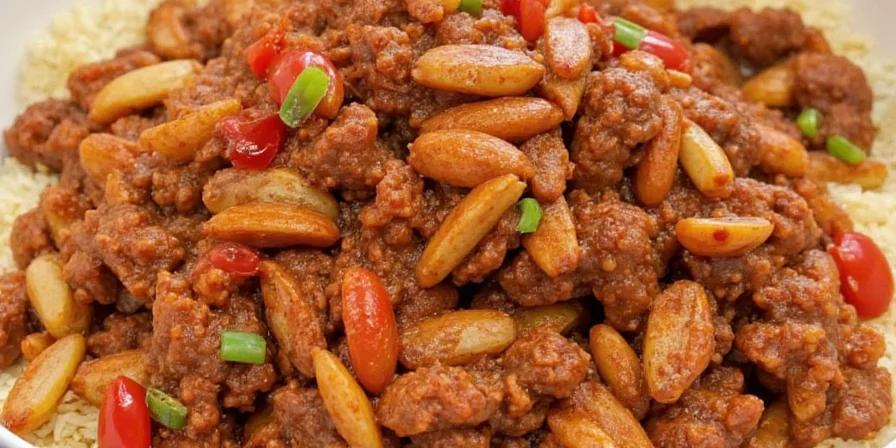
The Magic of Smoke, Fire, and Flavor
Think of chipotle in adobo as the BBQ sauce of the chili world—but way more intense. Smoking food is an ancient preservation method, but it also infuses deep, complex flavors. The drying process concentrates the sugars in the jalapeño, giving it a mild sweetness, while the smoking adds earthiness and heat.
The adobo sauce? It’s like a savory, tangy hug for your taste buds. Garlic gives it depth, tomatoes add acidity, and vinegar balances everything out. Together, they create a flavor profile that’s:
- Smoky
- Slightly sweet
- Tangy
- Umami-rich
- And yes… a little bit spicy
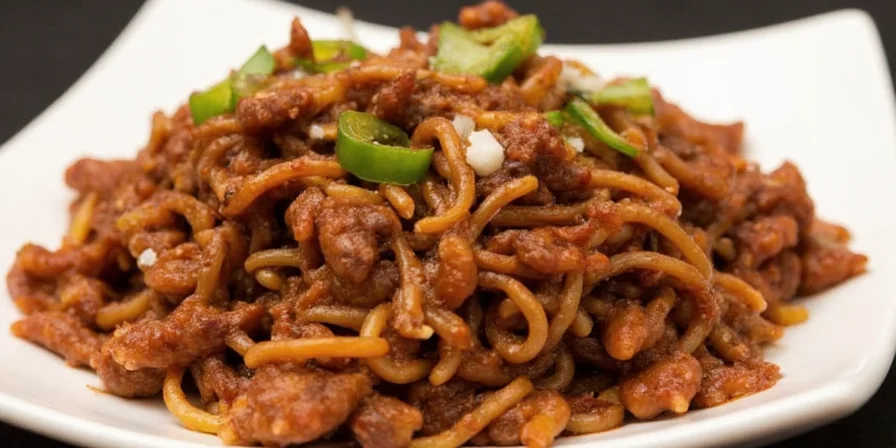
How to Use Chipotle in Adobo Like a Pro
One of the best things about chipotle in adobo is its versatility. Whether you're making dinner for two or feeding a hungry crowd, this canned wonder can do wonders. Here are some pro tips for using it:
- Add it to sauces: Stir a spoonful into mayo for a smoky sandwich spread, or blend it into ketchup for a killer burger condiment.
- Blend it into soups: A few spoonfuls stirred into tomato soup, lentil stew, or chicken noodle transforms them from bland to bold.
- Stir it into dips: Guacamole, hummus, and ranch dressing all get a serious upgrade with chipotle in adobo.
- Use it in marinades: Mash a couple of peppers and mix with olive oil, lime juice, and garlic for an instant marinade that works wonders on chicken or tofu.
- Spice up grains: Mix into rice or quinoa before serving for an extra kick.
| Use Case | Quantity per Serving | Best For |
|---|---|---|
| Sauces & Dressings | 1 tsp - 1 tbsp | Mayo, ketchup, vinaigrettes |
| Soups & Stews | 1 tbsp - 2 tbsp | Tomato-based, lentil, bean dishes |
| Dips | 1 tbsp | Guac, hummus, yogurt dips |
| Marinades | 1-2 peppers + 1 tbsp sauce | Poultry, tofu, vegetables |
| Rice & Grains | 1 tsp per cup cooked grain | Quinoa, brown rice, couscous |
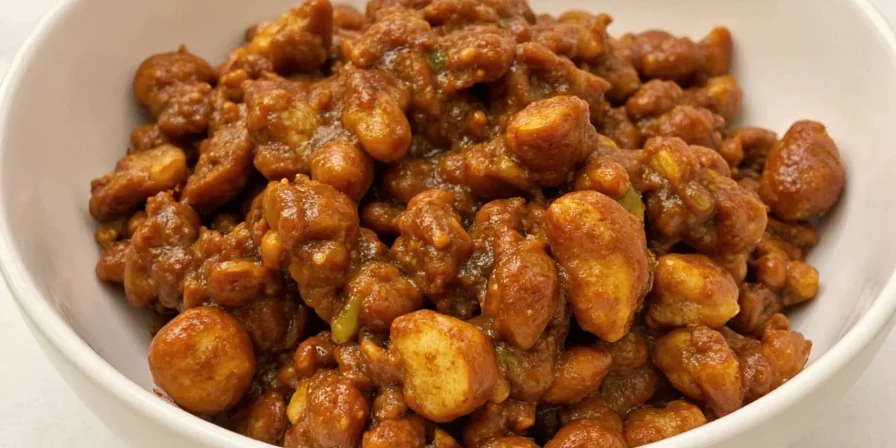
Spice Level: Hot? Not That Much?
If you're spice-sensitive, don’t panic. While chipotle does bring the heat, it's not blow-your-head-off spicy. Think of it more like a warm campfire than a wildfire. On the Scoville scale (the chili world’s official spiciness meter), chipotles usually fall around 2,500–8,000 SHU (Scoville Heat Units). For reference:
- Green bell pepper: 0
- Jalapeño (fresh): 2,500–8,000
- Habanero: 100,000–350,000
The real power of chipotle in adobo isn’t its heat—it’s its flavor. If even that seems too much, remember: you control how much you use. Start small, and build up. Or remove the seeds for a milder experience.
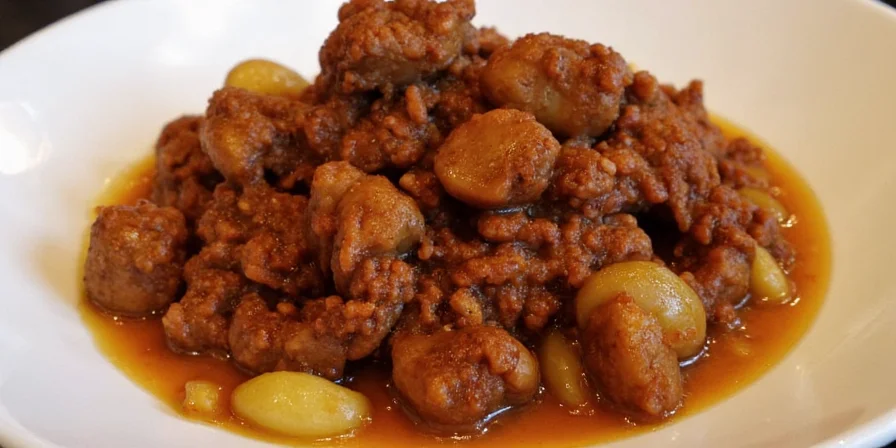
Homemade vs Store-Bought: To Can or Not to Can?
You *can* make your own chipotle in adobo, and if you’ve got a smoker and time to spare, go for it! But for the rest of us, store-bought is totally fine—and often just as good.
| Aspect | Store-Bought | Homemade |
|---|---|---|
| Convenience | ✅ Super easy | ❌ Time-consuming |
| Cost | 💰 $1–$3 per can | 💰 Higher upfront cost |
| Customization | 🚫 Limited | ✅ Control over ingredients |
| Flavor Depth | ⭐ Rich and balanced | ⭐ Can be deeper depending on technique |
| Shelf Life | 🗓️ Months | 🗓️ Weeks to months (refrigerated) |
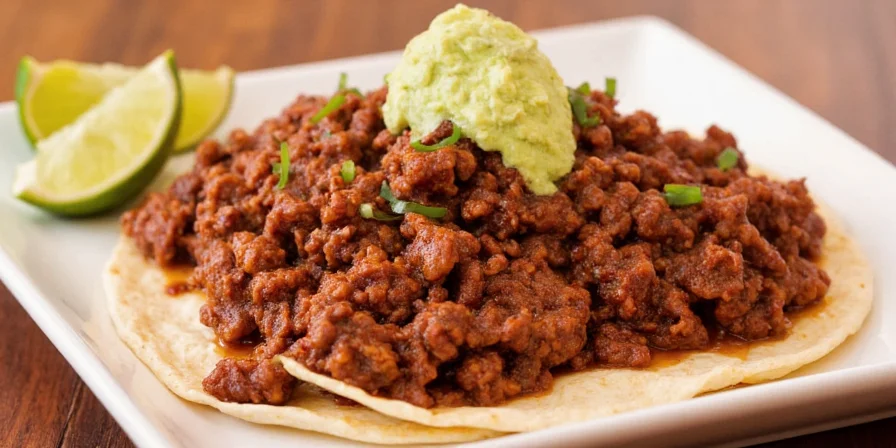
Flavor Profile Breakdown
Let’s dive a little deeper into the flavor science behind chipotle in adobo:
- Smokiness: From slow-drying over wood fires
- Heat: Mild to moderate
- Sweetness: Natural sugars in ripe peppers caramelize during drying
- Tang: Vinegar in the adobo sauce
- Umami: Garlic, tomatoes, and slow aging
Quick Tips for Storing and Using Your Canned Goodness
- Don’t toss the sauce! That liquid gold is packed with flavor. Freeze extra in ice cube trays for future use.
- Freeze unused peppers: Wrap individual peppers in plastic wrap, then store in a freezer bag. They last up to six months.
- Don’t fear leftovers: You can reuse the can by transferring contents to a sealed jar and refrigerating for up to three weeks.
- Mash it: Blend the peppers and sauce together for an easy paste to keep in the fridge or freeze.
- Label it: If you freeze in portions, label the baggies with date and quantity for easy meal prep later.
Recipes You’ll Want to Drench in Chipotle in Adobo
- Chipotle Lime Mayo: Mix 1 tbsp chipotle in adobo with ½ cup mayo and juice of 1 lime. Perfect for tacos or burgers.
- Smoky Tomato Soup: Add 1 tbsp to a pot of creamy tomato soup before blending.
- Black Bean Dip: Toss a chipotle and a spoonful of sauce into your next batch of black beans and blend until smooth.
- Grilled Veggie Marinade: Combine mashed chipotle, olive oil, honey, and lime for a sticky-sweet finish.
- Spicy Mac ‘n’ Cheese: Stir in 1 tsp for an unexpected twist on comfort food.
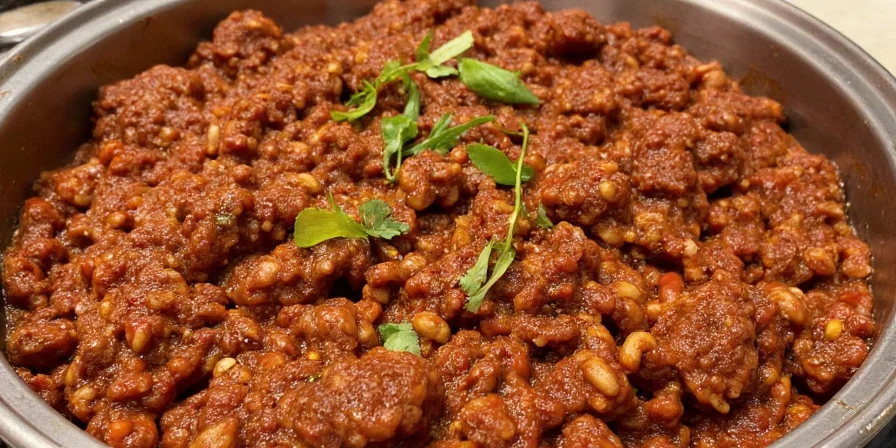
Chipotle in Adobo Around the World
While chipotle in adobo is rooted in Mexican cuisine, its influence has gone global. Chefs and home cooks alike are finding creative ways to incorporate this smoky dynamo into their dishes:
- USA: Used in barbecue sauces, burgers, and even Bloody Mary mixes
- UK: Popular in street food and gourmet sandwiches
- Australia: Found in fusion-style wraps and modern Australian cuisine
- Japan: Used sparingly in ramen and grilled skewers
- Germany: Shows up in vegan chili con carne and currywurst variations
Conclusion: The Secret Ingredient You Didn’t Know You Needed
Chipotle in adobo might come in a humble little can, but it punches well above its weight in flavor. Whether you’re a professional chef or someone who burns toast, this ingredient deserves a permanent spot in your pantry.
From smoky complexity to just the right amount of heat, chipotle in adobo is more than just a condiment—it’s a kitchen superhero. Don’t be intimidated by its looks or reputation. Once you crack open that can and give it a try, you’ll wonder how you ever cooked without it.
Now go forth and spice up your life—one chipotle at a time.

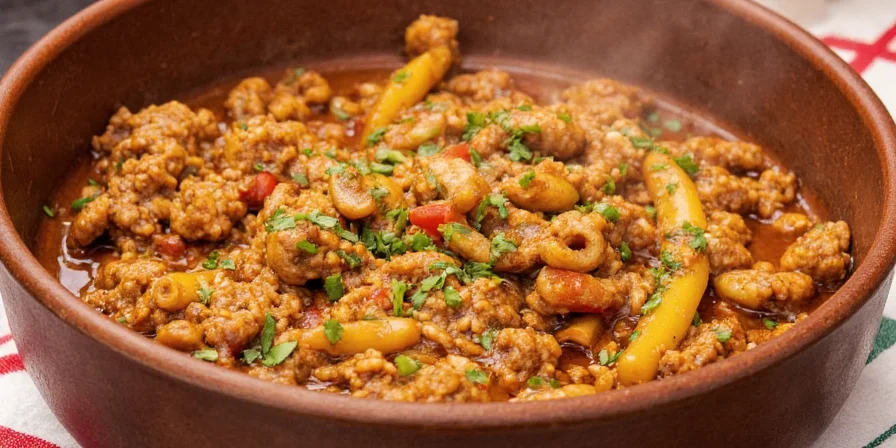









 浙公网安备
33010002000092号
浙公网安备
33010002000092号 浙B2-20120091-4
浙B2-20120091-4